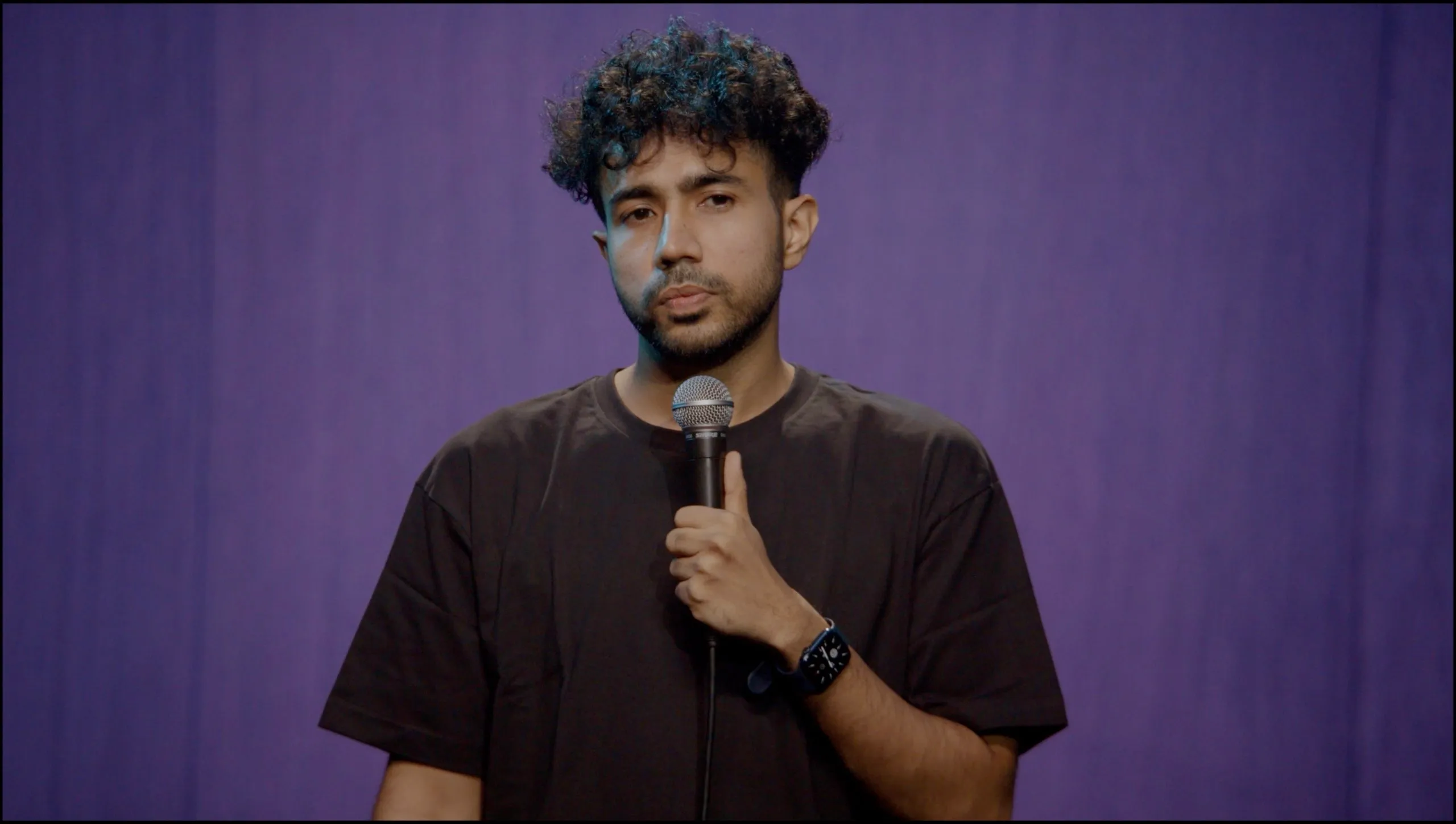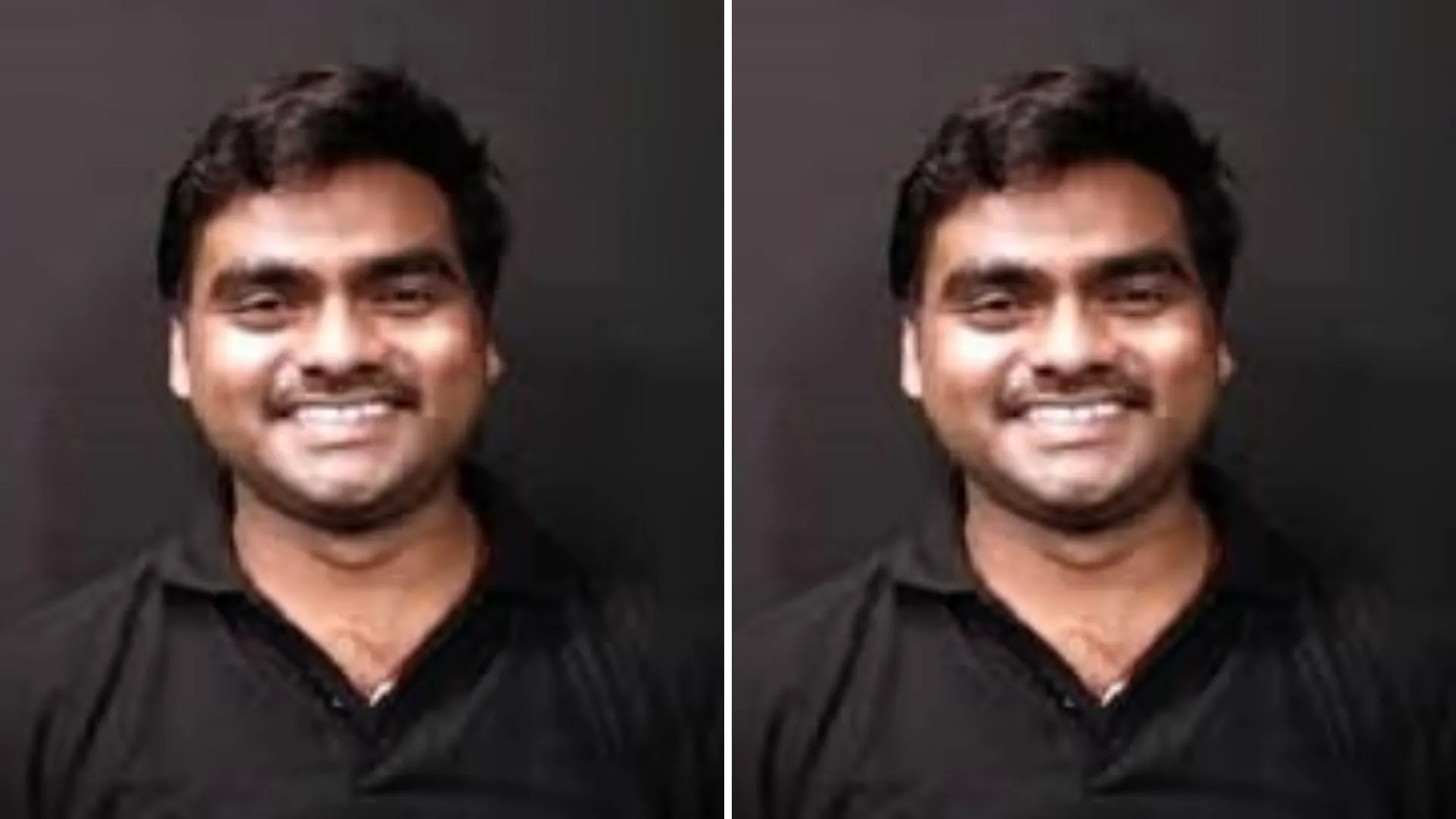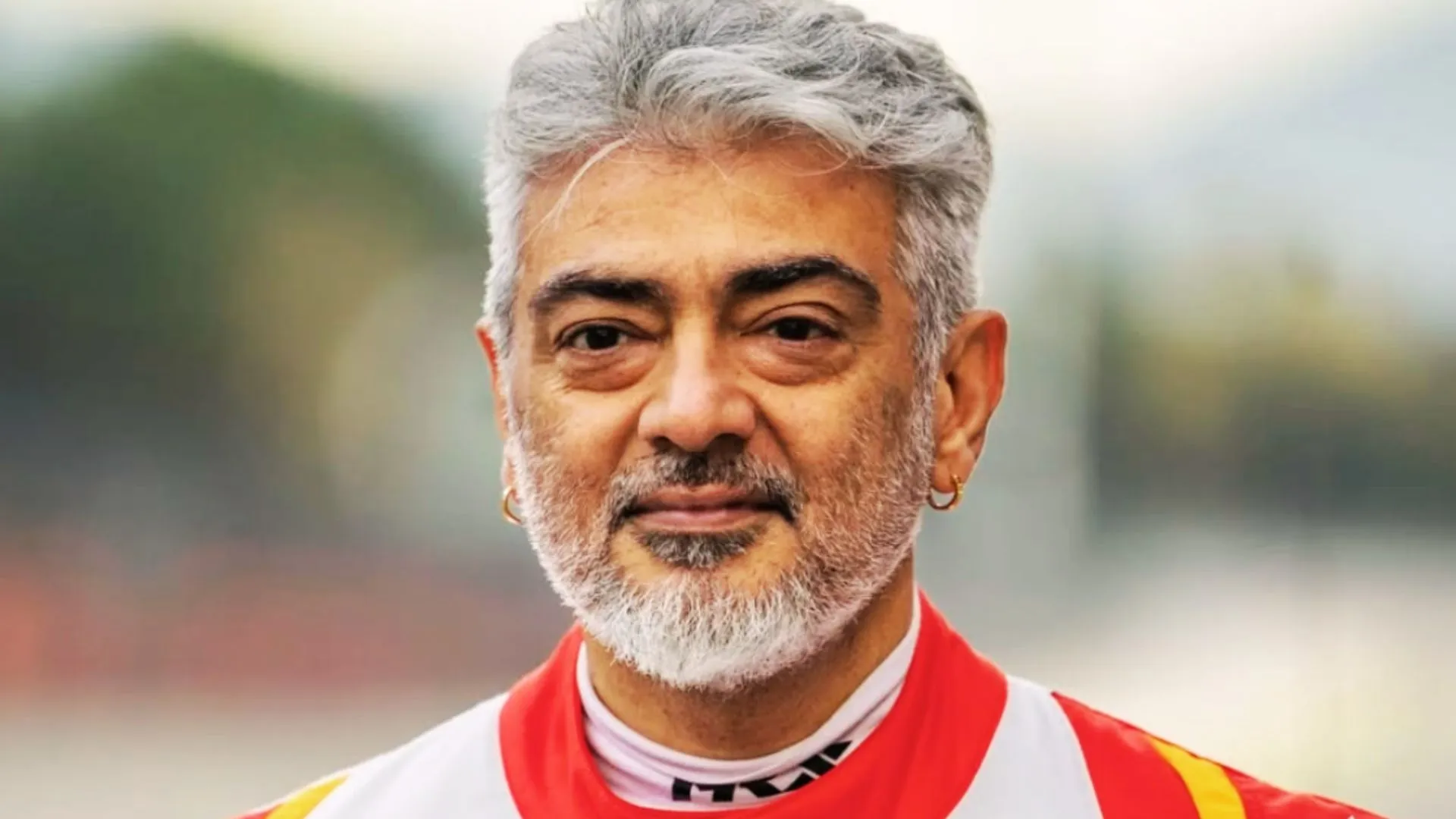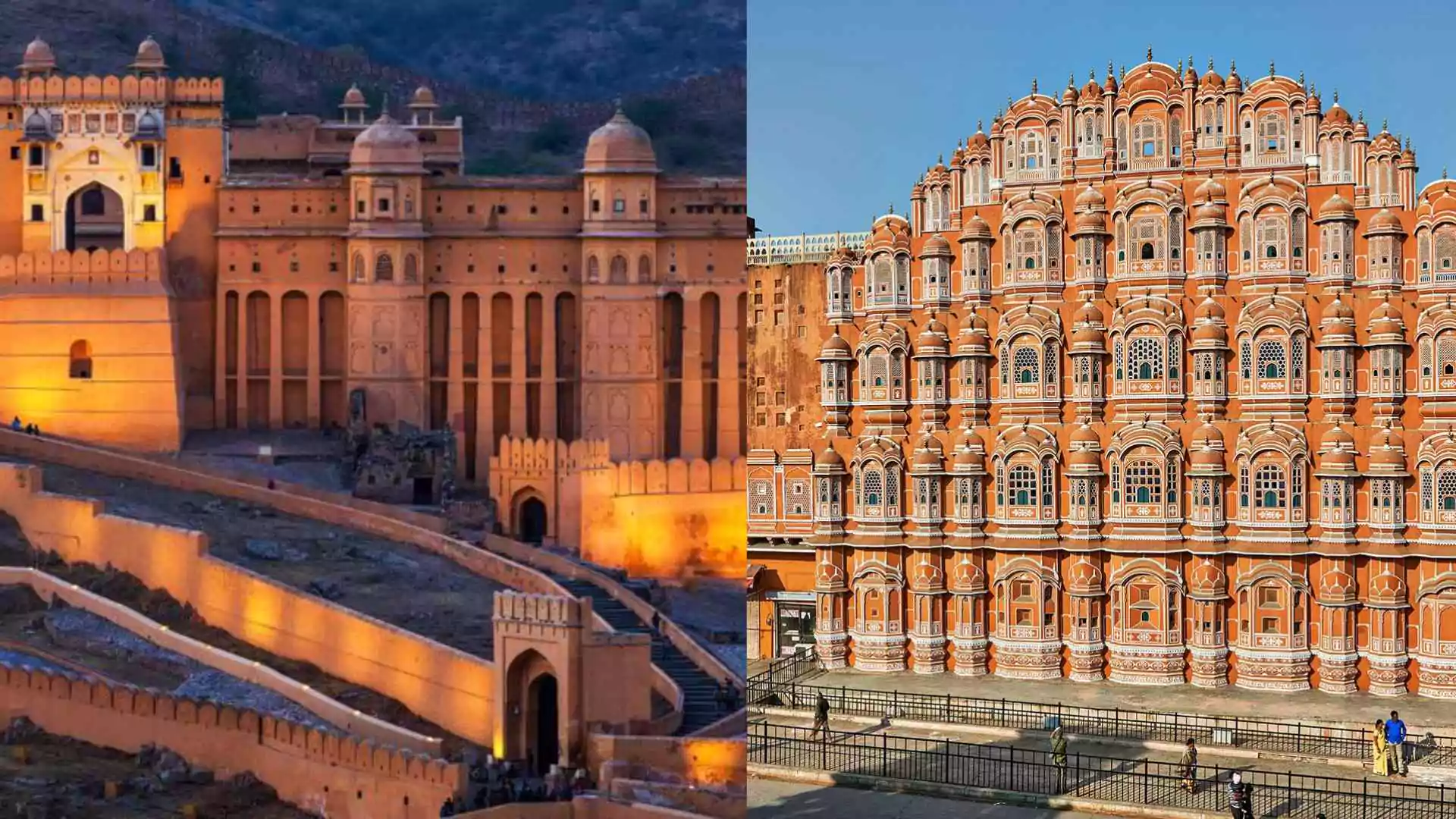In a major legal development, the Telangana High Court has upheld the death penalty awarded to five operatives of the banned terror outfit Indian Mujahideen (IM) for their roles in the 2013 Dilsukhnagar twin bomb blasts in Hyderabad. The horrific incident killed 18 innocent people, including a pregnant woman and her unborn child, and left over 130 injured.
The court’s verdict was delivered on Tuesday, bringing closure to one of the deadliest terror attacks in recent memory. The High Court rejected the criminal revision appeals filed by the convicts, confirming the original ruling by the National Investigation Agency (NIA) special court which had treated the case as a “rarest of the rare” incident.
What Happened in Dilsukhnagar on February 21, 2013?
The twin explosions rocked Hyderabad’s Dilsukhnagar area, a busy marketplace filled with shoppers, students, and daily commuters, on the evening of February 21, 2013.
The first blast went off near a crowded bus stop under the Malakpet police limits. Just seconds later, a second explosion occurred outside the A1 Mirchi Centre, an eatery under the jurisdiction of Saroornagar police station. Both blasts happened within a span of minutes and only 100 meters apart, causing mass panic and severe destruction.
The bombs were planted in tiffin boxes and connected to cycles—an M.O. often used in past Indian Mujahideen attacks.
Immediate Investigation and NIA’s Involvement
Following the attack, the Ministry of Home Affairs handed the case over to the National Investigation Agency (NIA) for further investigation. Initially, the city police’s Special Investigation Team (SIT) began the probe and registered two FIRs for the twin blasts. However, on March 13, 2013, the MHA issued an order transferring the case to the NIA.
The NIA re-registered the two cases under stringent sections of the Indian Penal Code (IPC), Explosive Substances Act, and the Unlawful Activities (Prevention) Act [UAPA], marking it as an act of terrorism. These were recorded as:
-
RC.No. 01/2013/NIA/HYD for the Malakpet blast
-
RC.No. 02/2013/NIA/HYD for the Saroornagar blast
The charges included sections 302 (murder), 307 (attempt to murder), 120-B (criminal conspiracy), and several provisions under the Explosive Substances Act and the UAPA.
Who Were the Attackers?
The five convicts whose death sentences were upheld by the High Court are all senior operatives of the Indian Mujahideen, a home-grown terror group with links to Pakistan-based terror outfits.
1. Yasin Bhatkal (Mohammad Ahmed Siddibapa)
-
Co-founder of Indian Mujahideen
-
Arrested in August 2013 at the Indo-Nepal border
-
One of India’s most wanted terrorists at the time
2. Zia-ur-Rehman alias Waqas
-
A Pakistani national
-
Arrested by Delhi Police in March 2014 from Rajasthan
-
Linked to multiple other terror operations in India
3. Asadullah Akhtar alias Haddi
-
Arrested along with Yasin Bhatkal at the Indo-Nepal border
-
Played an active role in executing the Dilsukhnagar attack
4. Tehseen Akhtar alias Monu
-
Arrested in March 2014
-
Involved in logistics and planning
-
Known for being one of the youngest key members of IM
5. Ajaz Shaikh
-
Resident of Pune
-
Worked on communication and propaganda for IM
-
Part of the wider conspiracy in the Hyderabad blasts
These five were convicted and sentenced to death by the NIA special court on December 13, 2016.
The Hunt for the Mastermind
While the five men were caught and brought to justice, the prime accused in the case—Riyaz Bhatkal, another co-founder of the Indian Mujahideen—is still on the run. According to the prosecution, Riyaz is believed to be hiding in Pakistan. His name continues to figure prominently in India’s list of most wanted terrorists.
Legal Proceedings and Final Verdict
The case built by the NIA was massive in scale and detail. The agency filed a 4,000-page chargesheet, detailing the planning, execution, and aftermath of the attack. It included forensic evidence, witness testimonies, and digital data.
The death penalty awarded by the special NIA court in 2016 was challenged by the convicts in the High Court. However, on April 2, 2024, a two-judge bench comprising Justice K. Lakshman and Justice P. Sree Sudha ruled to uphold the lower court’s verdict.
“Confirming the judgment of the trial court,” the bench declared in their final order, delivering justice over a decade after the attack.
Lawyers React to the Verdict
Speaking outside the High Court, a lawyer representing the prosecution said, “The high court, after conducting a detailed hearing on the appeals filed by the convicts, confirmed the death sentence of the five IM operatives.”
He emphasized the NIA’s thorough investigation and described the court’s judgment as a strong message against terrorism.
Meanwhile, one of the defense lawyers told reporters that they would now appeal the verdict in the Supreme Court.
Justice After a Decade of Waiting
The Dilsukhnagar twin bombings remain one of the darkest days in Hyderabad’s history. Eighteen lives were lost, many families were shattered, and dozens of survivors still live with the physical and emotional scars of that day.
With the Telangana High Court affirming the capital punishment, families of the victims and survivors can now hope that justice, though delayed, has been delivered.






















